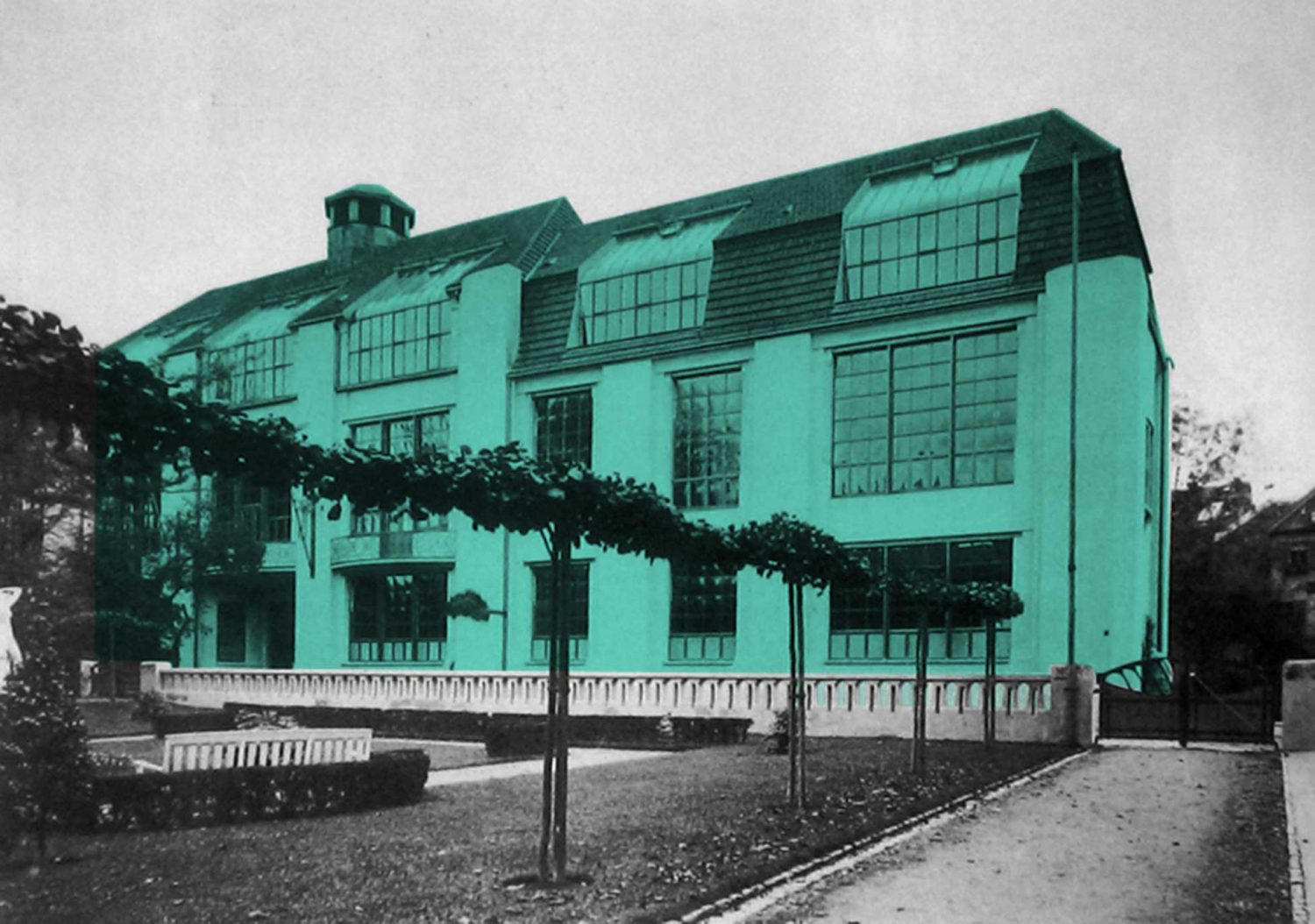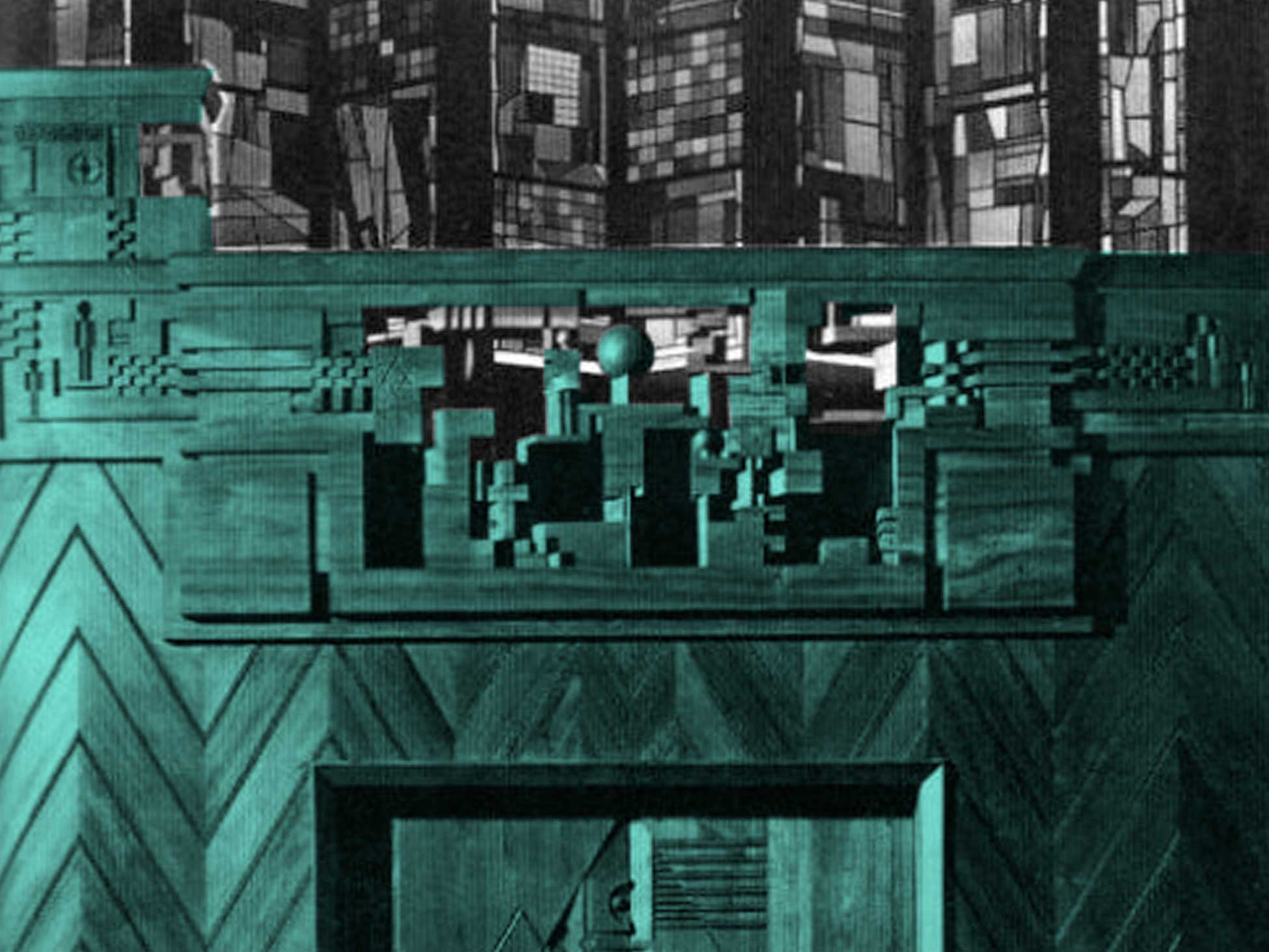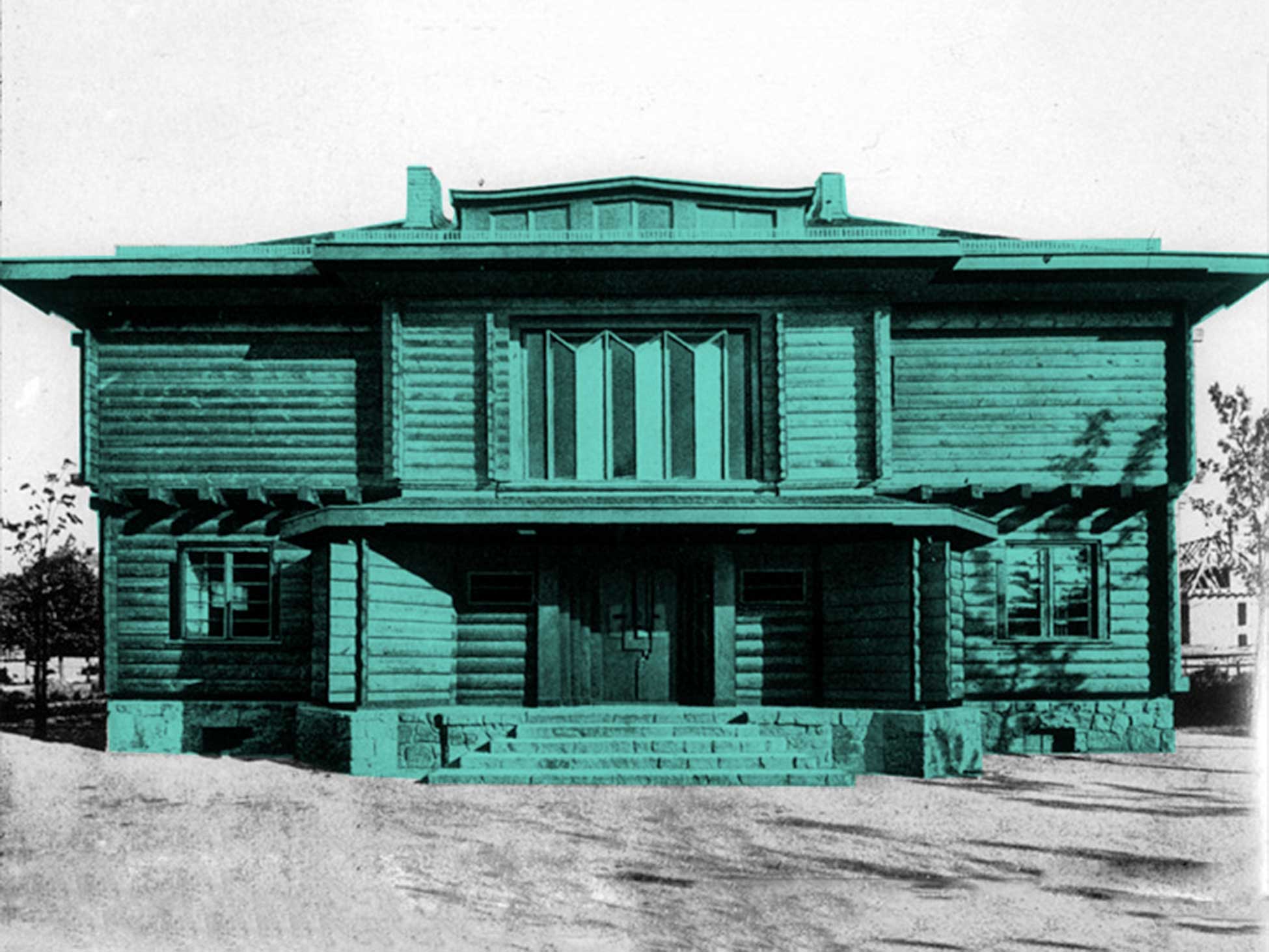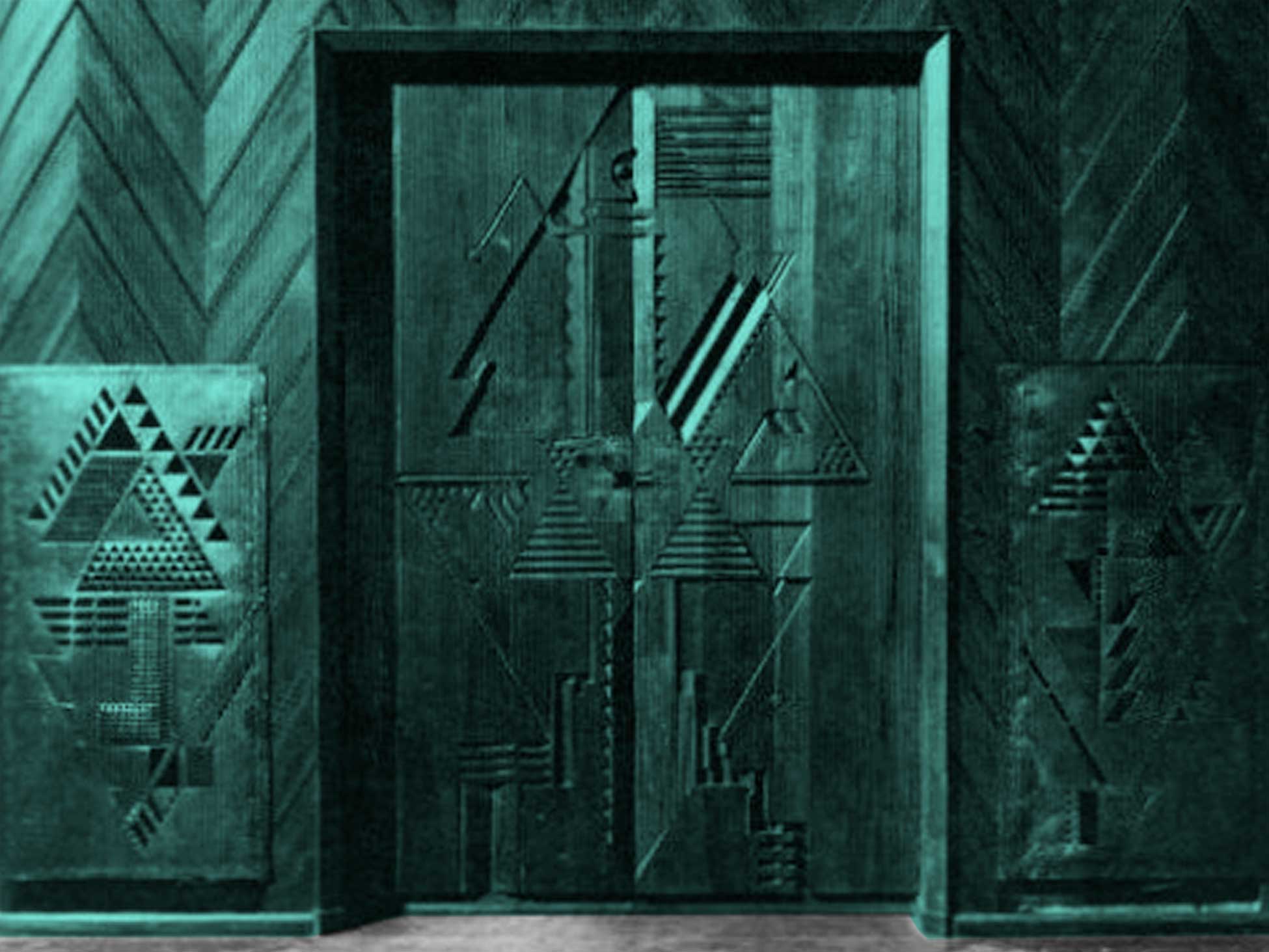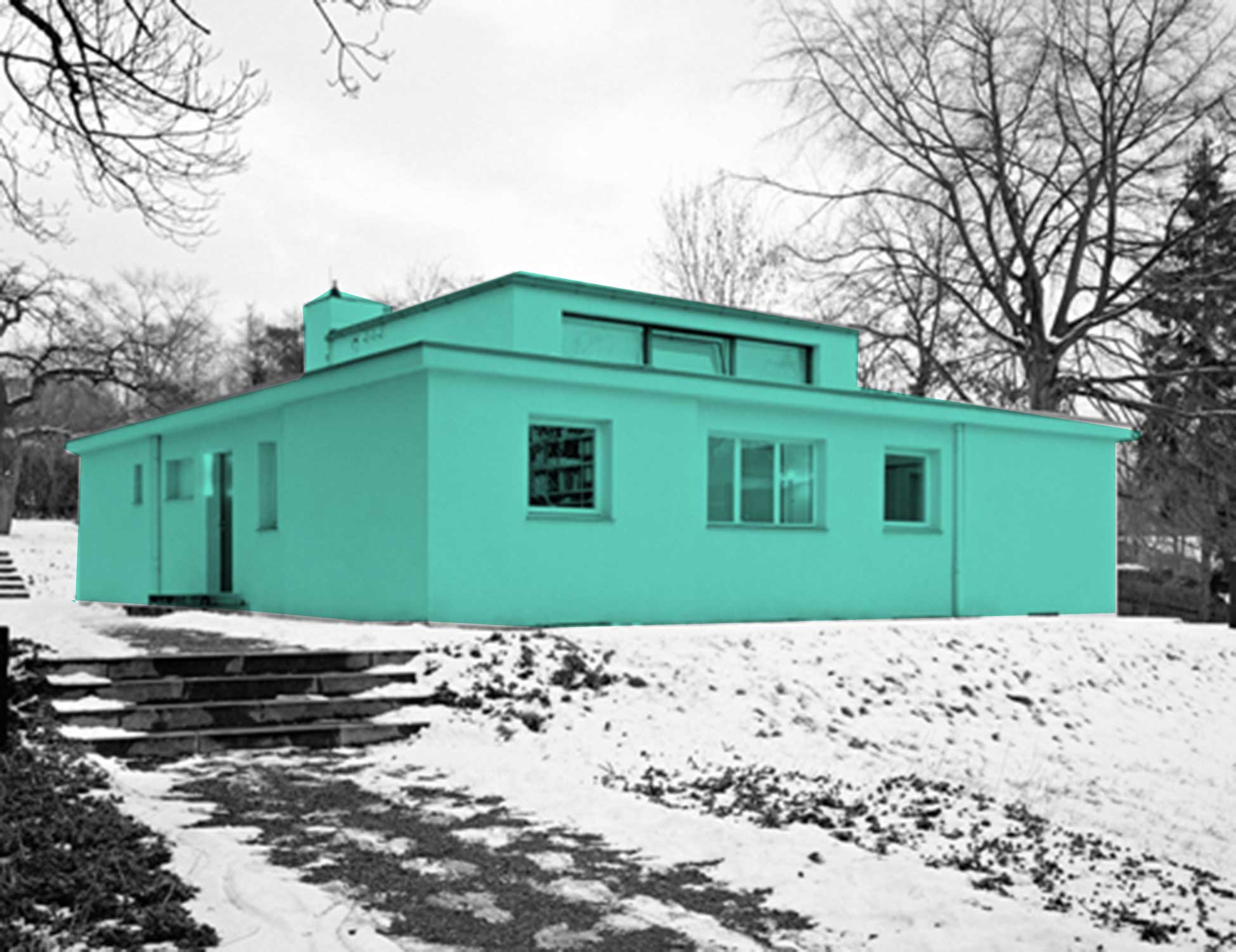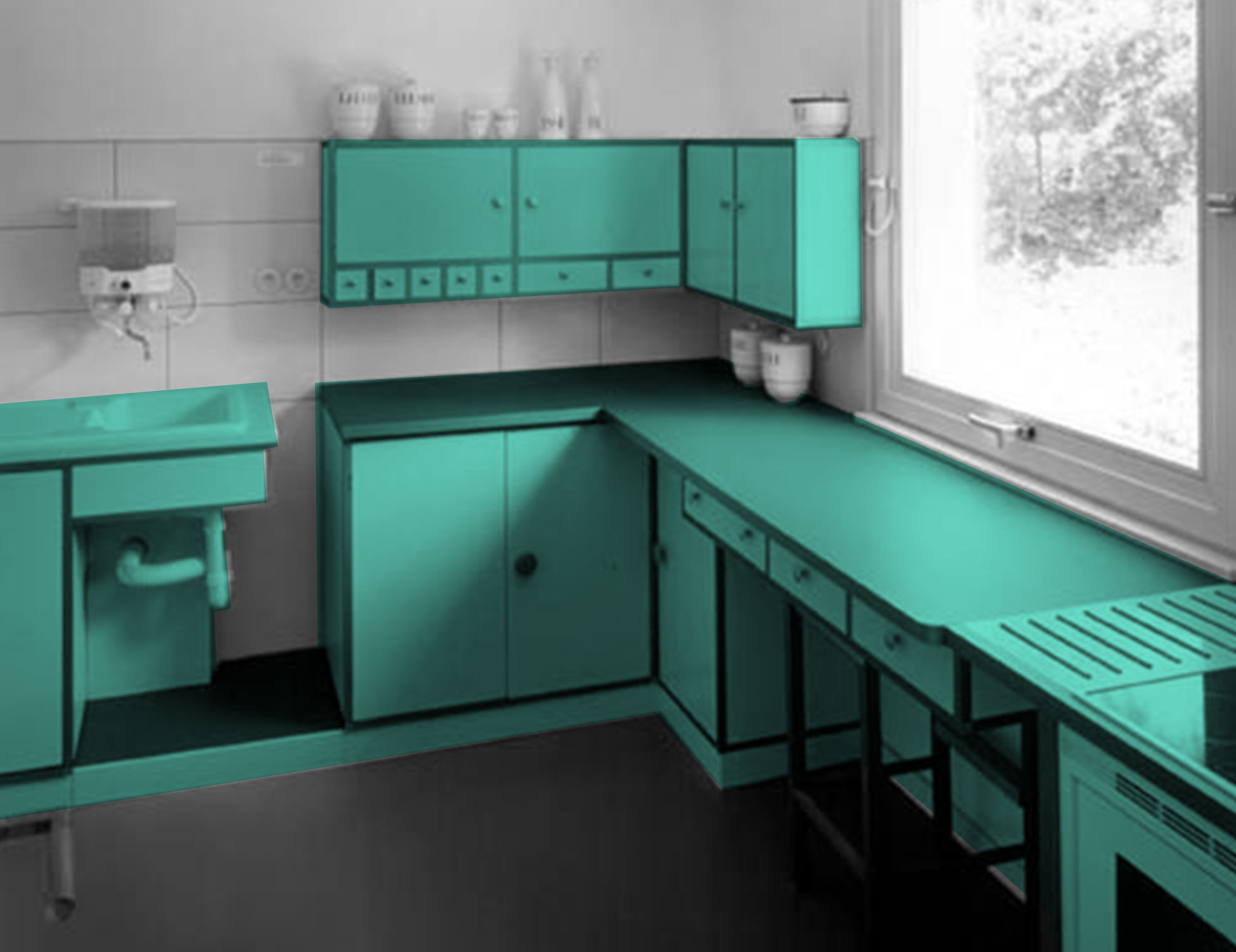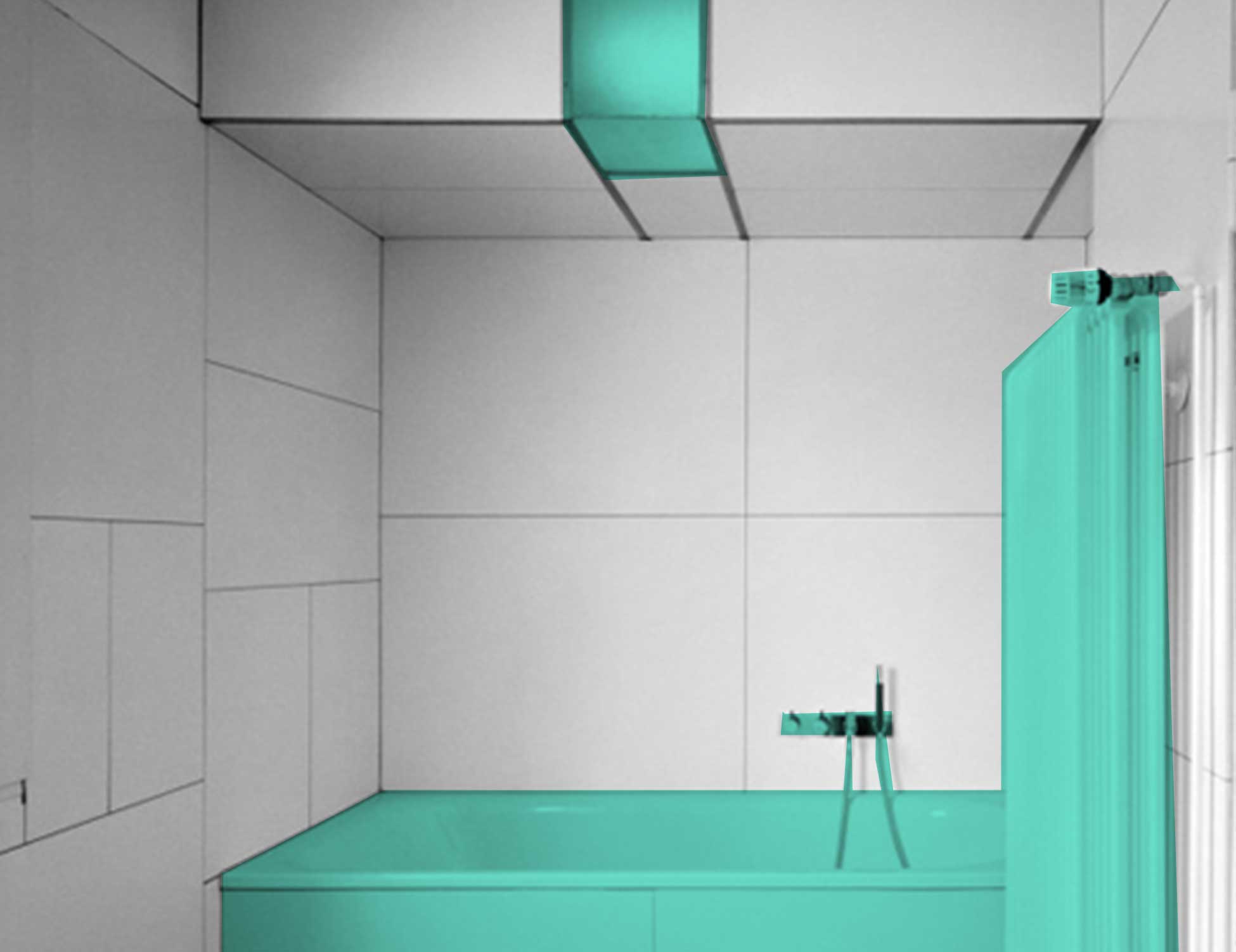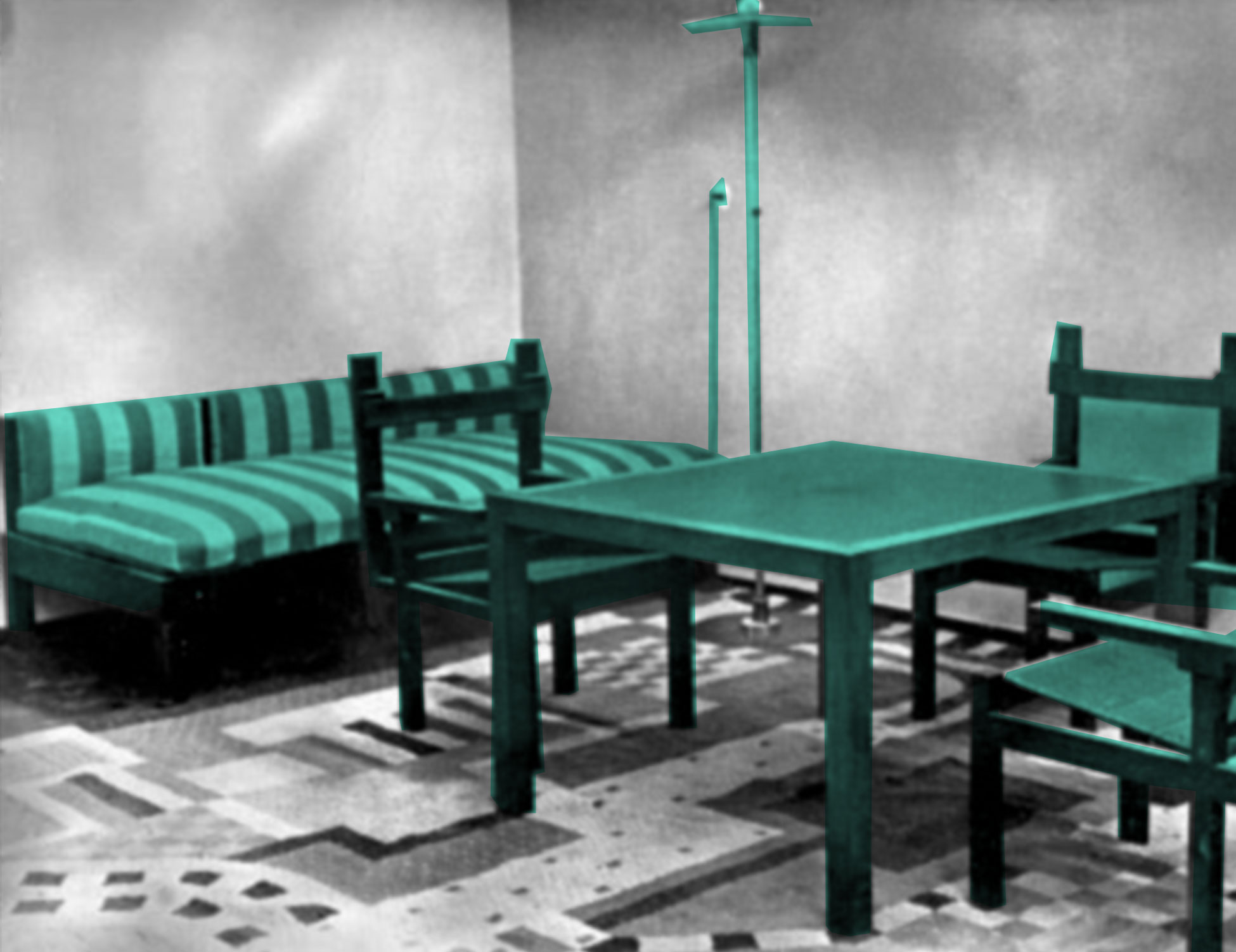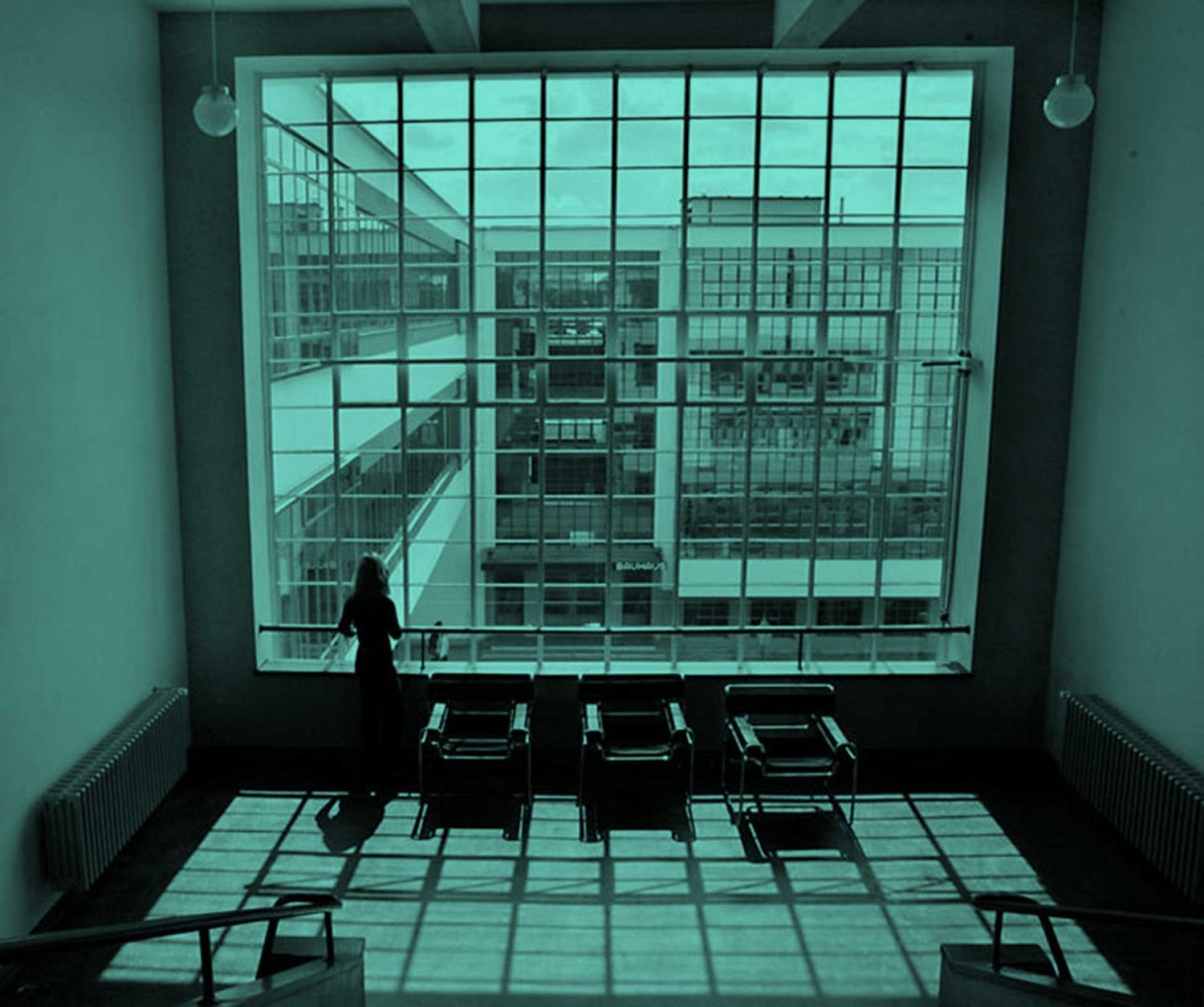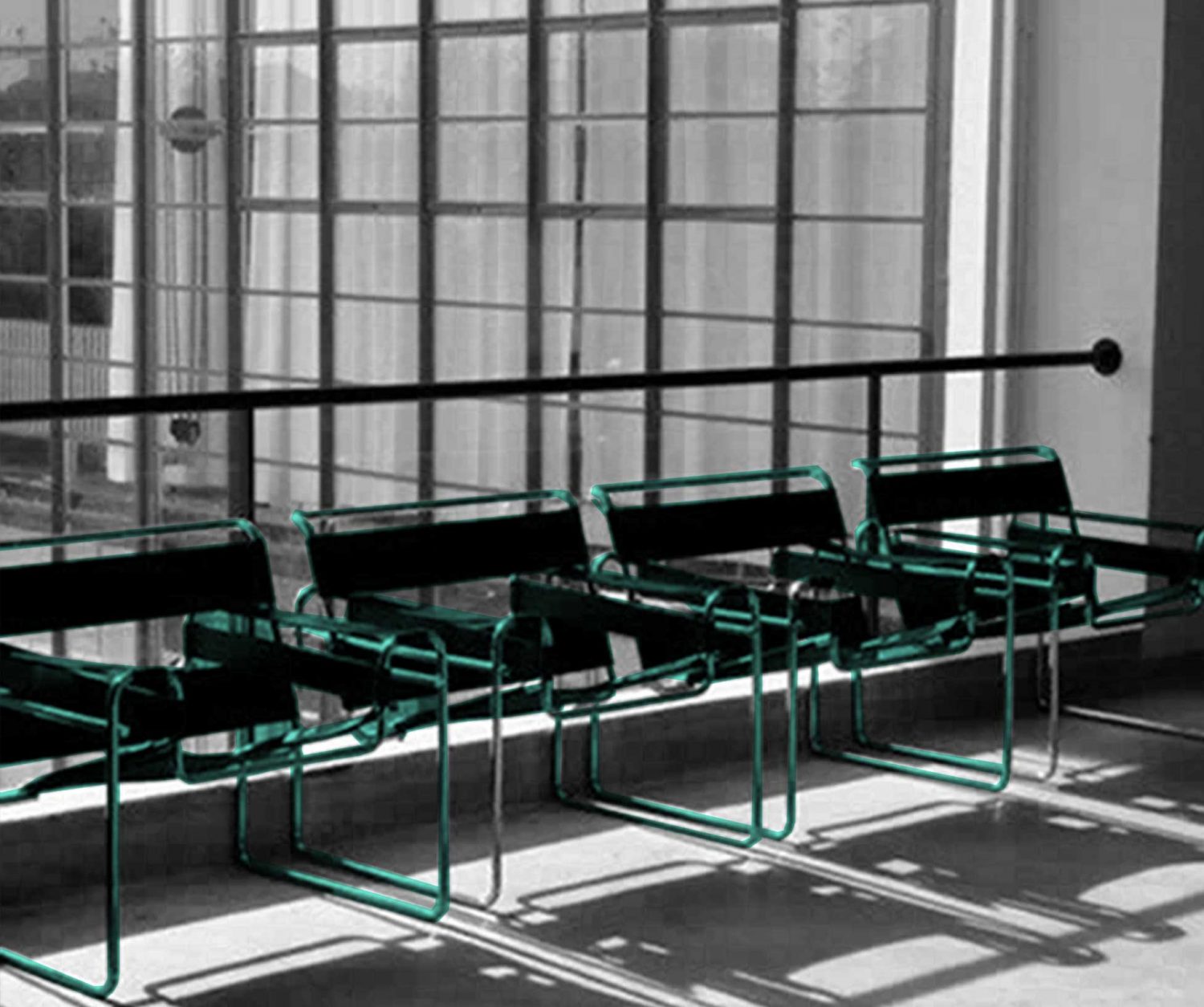INTERIOR
The Houses of the Bauhaus #Bauhaus
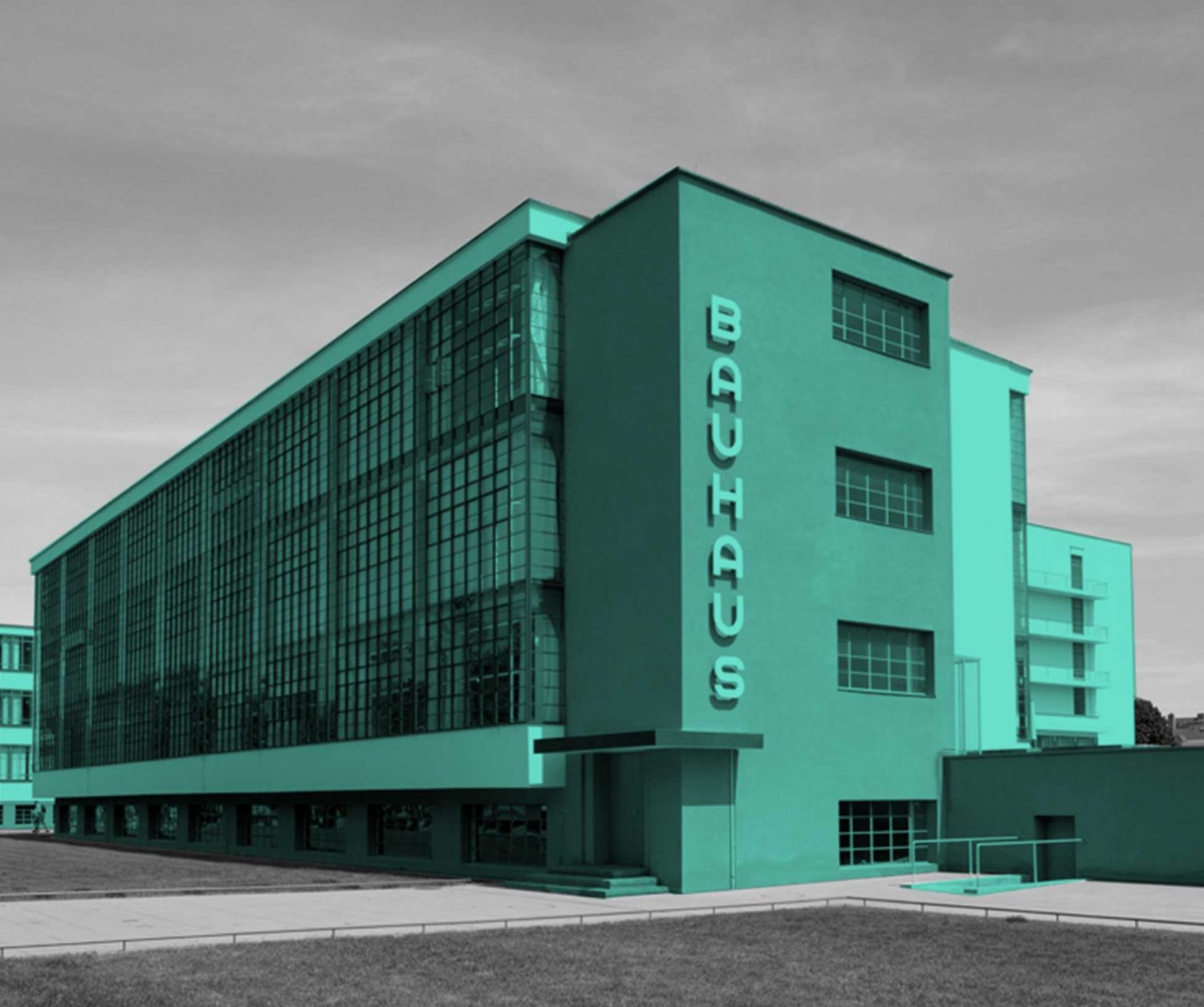
The ultimate aim of all visual arts is the complete building! (…)Architects, painters, and sculptors must recognize anew and learn to grasp the composite character of a building both as an entity and in its separate parts.Walter Gropius, Staatliches Bauhaus Program, Weimar 1919
Although Architecture was considered the ultimate aim of the fusion of arts and crafts claimed in the Bauhaus Manifesto, the fact is it took some years for the school to have an architecture department.
The first real result of the school in the field of architecture was the Sommerfeld House, born in 1920 as a commission for Walter Gropius y Adolf Meyer for which they gathered the work of all the workshops of the school, thus demonstrating that the collaboration between the different crafts to achieve a Total Work of Art or Gesamtkunstwerk was possible. Despite being a success for the school, the building of the house proved the total disconnection between the school and the modern building technology.
This changed in 1923, when the school stood up for industrialisation with the exhibition “Reunion of Art & Technique”. A type-house, the Haus am Horn, was built for the exhibition. Designed as a Wohnmaschine or machine for living in, the building materials and techniques and the interior equipment were supposed to display the state of the art of the contemporary technology.
But the ultimate image of the Bauhaus dwelling, based on white pure volumes, wide windows and cantilever canopies, was created after the Bauhaus moved to Dessau in 1926. In addition to the Bauhaus school building, Gropius designed the houses for the teachers, a set of three semi-detached houses with studio and a single house located in a pinewood by the school. Paul Klee, Wassily Kandinsky, Georg Muche, Oskar Schlemmer, Lionel Feininger, László Moholy-Nagy and Gropius himself would live in these houses. The well-provided interiors were equipped with furniture made in the Bauhaus workshops, such as the Wassily Chair by Marcel Breuer.
